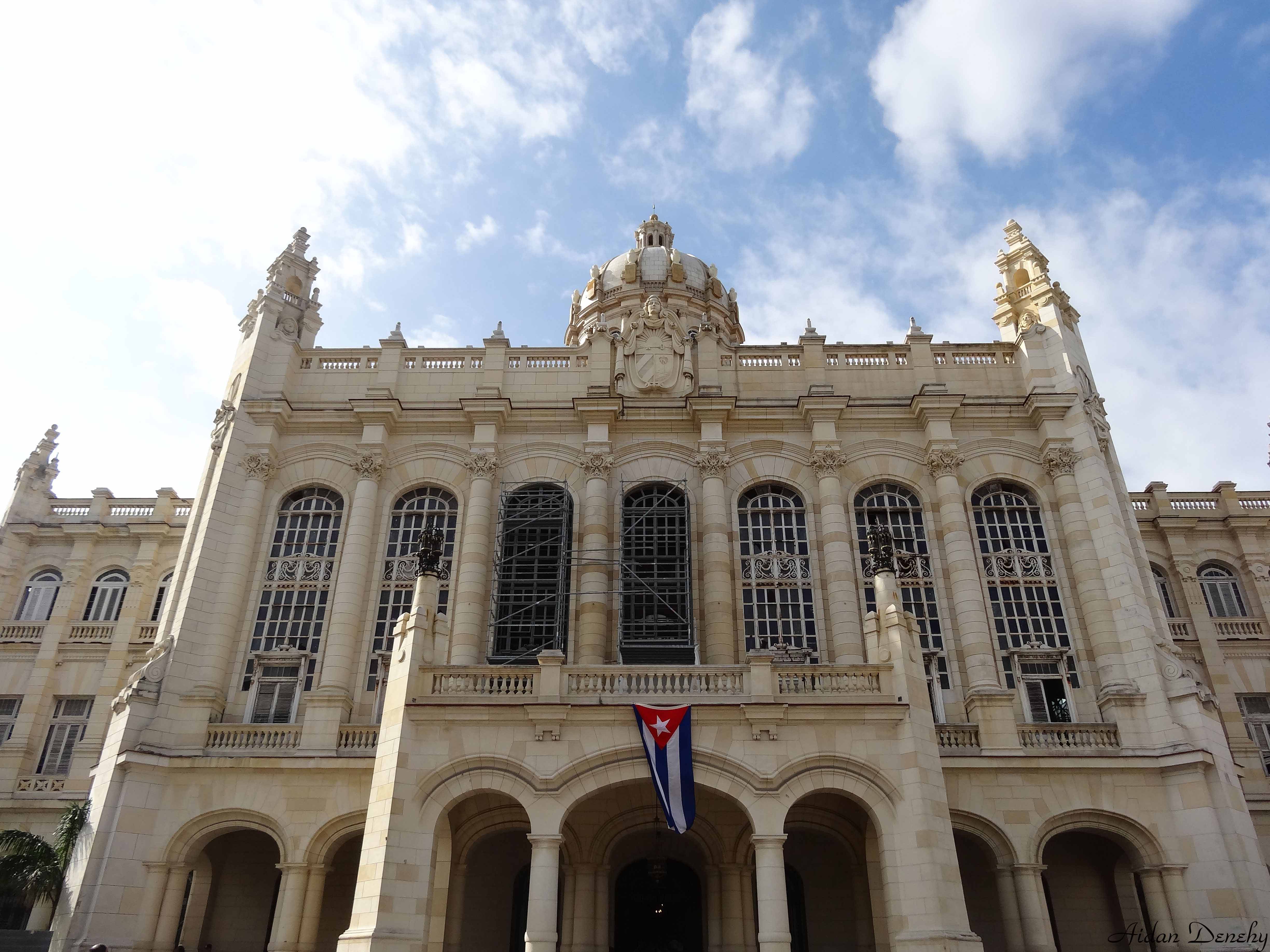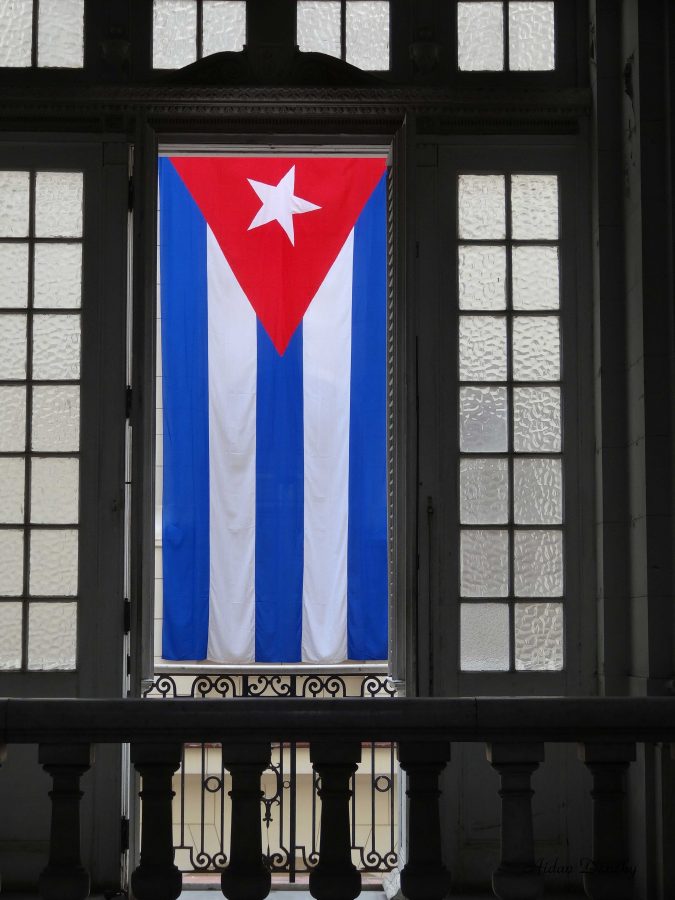Students explore Cold War through Cuban perspective on spring break
March 15, 2017
The history department took its second trip to Cuba over spring break, tied in with its Cold War class as an effort to understand the Cold War through the perspectives of nations which were opposed to the United States.
This trip was a little different than the last—in part due to organizational differences and in part due to the changing environment of Cuba. Students this time stayed in Casas Particulares, private homes owned by Cubans who choose to rent out rooms in order to earn money.
In addition to the changes in accommodations, some notable new opportunities were added to the trip— especially the Museum of the Revolution, housed in the former Presidential Palace, which is devoted to the struggles and success of the Communist revolution in Cuba. Among the features of the building itself are statues of Camilo Cienfuegos and Ernesto ‘Che’ Guevara made with real human hair, and the “Wall of Cretins” devoted to Fulgencio Batista, Ronald Reagan, George H.W. and George W. Bush: all of whom the government claims are notable antagonists of the Revolution.
Behind the museum was located the Granma memorial, housing the boat used by Fidel Castro to smuggle himself and many other freedom fighters back to Cuba from Mexico. Also on display there are Guerrilla-built tanks, such as ‘Dragon-1’, and wreckage from the U2 spy plane shot down over Cuba during the Missile Crisis of 1963.
Also on the agenda were lectures and discussions from professors of various Cuban institutions, all of whom were affiliated with the CEM, The Centro de Estudios Martianos, a center dedicated to the works and mission of Jose Marti, a Cuban author and the proclaimed ‘National Hero’ of Cuba. These discussions highlighted many things such as the life of Jose Marti, the historical relationship between the United States and Cuba, and a lecture which focused more on Cuba’s role in the Cold War and what a future relationship may look like.
During these lectures, some things stood out. For example, one professor noted the difference in terminology used to denote what in the United States is called the Cuban Missile Crisis. He claims that the American terminology unfairly cites Cuba as the culprit and perpetrator of the tensions. The Soviet Terminology, the ‘Caribbean Crisis’ denoted the strategic value of Cuba as being vital to the Caribbean region. However, in Cuba, it is simply known as the “October Crisis,” for he claims that Cuba has been threatened so many times with nuclear weapons, and has been victimized on so many different occasions, that the crisis was simply remembered by the fact that it had occurred in October of 1962.
Various other elements of propaganda were present, such as the tank on display with which Fidel Castro had supposedly shot and sank the USS Houston. However, the historical record is in contradiction to this fact, and there are also other exhibits in various museums of somewhat dubious historical certainty or value.

Front of the Museum of Revolution in Havana, Cuba.
The trip, however, served as a great opportunity to hear the story of the Cold War through the words of the Cubans—people who are normally not writing the history books we use. The various terminology and historical artifacts serves to show the importance of the events of the Cold War to Cuba, the impact the United States has on such a small country, and just what history can be like in one of the Cold War’s last strongholds.
Senior Alicia Chouinard said that her trip to Cuba “was an indescribable experience.”
She continued, “On one street you may be thrown back in time with the 50s cars and even horse-drawn buggies, but then you turn around and you’re in a world of renovations, working to modernize itself with new technology. The Cuban people welcomed us into their lives and homes.”



